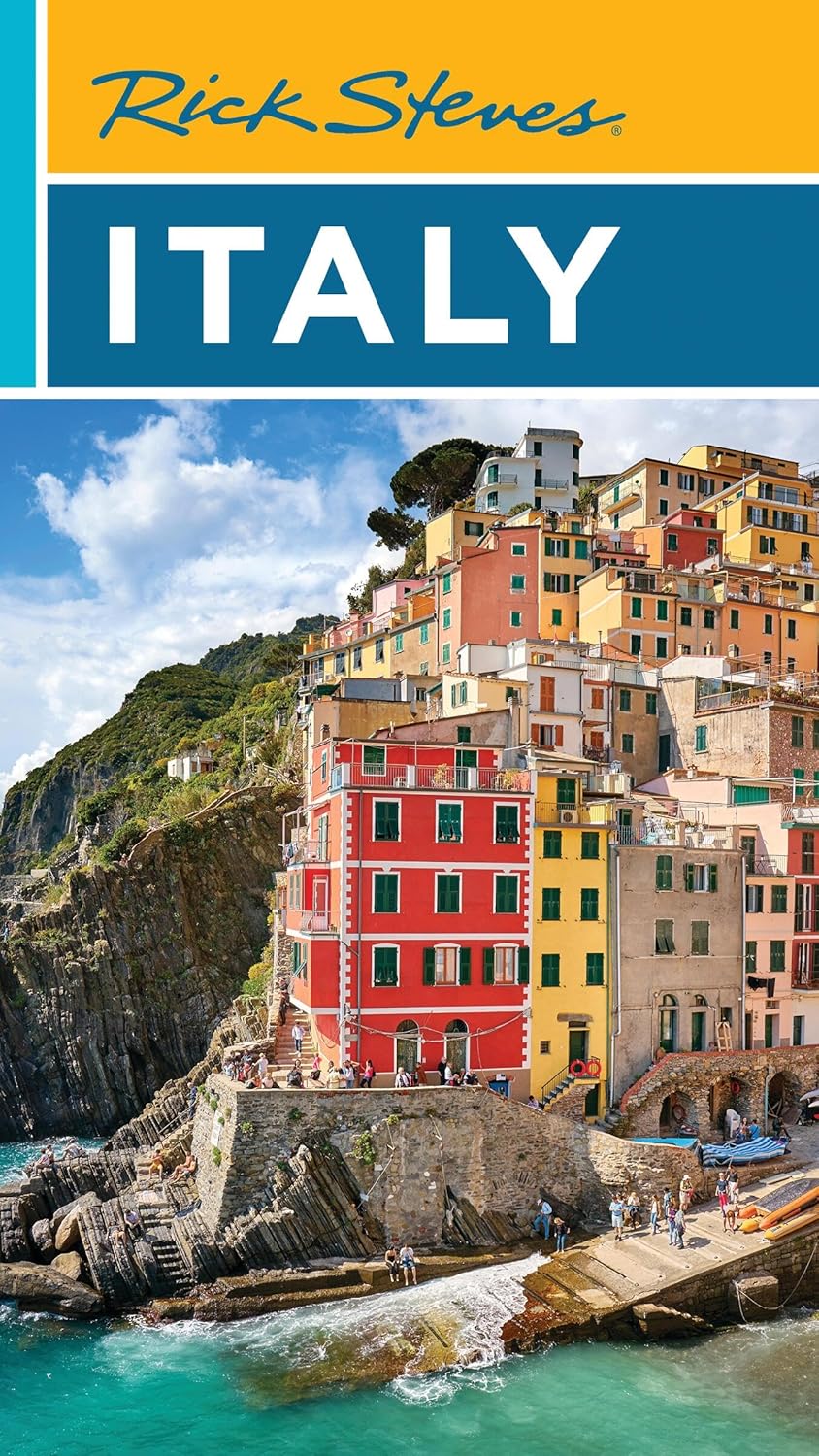What To See In Pisa, Italy
What to See in Pisa: Your Complete Guide to Italy's Iconic Tower City
Have you ever wondered what lies beyond the famous Leaning Tower when visiting one of Italy's most photographed cities? Pisa offers visitors a treasure trove of architectural marvels, rich history, and authentic Italian experiences that extend far beyond its iconic tilted landmark.
This charming Tuscan city welcomes millions of tourists each year, yet many miss the hidden gems and local secrets that make Pisa truly special.
Where in Italy is Pisa? Located in the heart of Tuscany, Pisa sits gracefully along the Arno River, approximately 10 kilometers from the Ligurian Sea. The city lies about 85 kilometers west of Florence and 20 kilometers east of the Mediterranean coast, making it perfectly positioned for exploring central Italy's most beloved regions. Its strategic location has made it a crucial maritime and commercial hub throughout history.
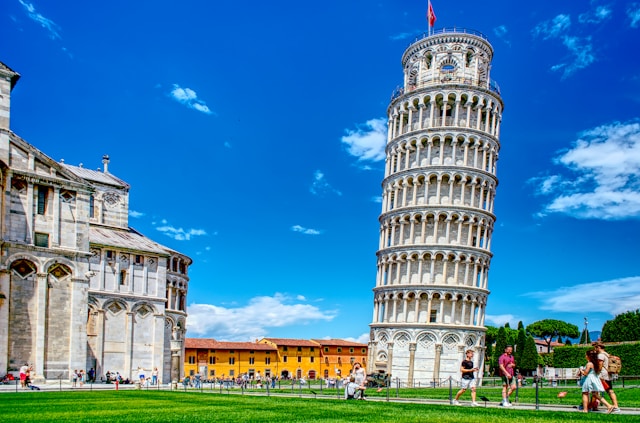 The Tower
The Tower
What To See In Pisa, Italy
Getting to Pisa couldn't be more convenient for travelers. The Galileo Galilei Airport serves as Tuscany's main international gateway, connecting directly to the city center via the PisaMover automated train system in just five minutes.
From the major Italian cities, high-speed trains arrive at Pisa Centrale station, with direct connections from Rome (3 hours), Florence (1 hour), and Milan (4 hours).
If you're driving, Pisa is easily accessible via the A11 and A12 highways, with clear signage directing you to the city center and the famous Piazza dei Miracoli.
Many visitors combine their Pisa trip with other Tuscan destinations, making it an ideal stop on a broader Italian adventure through wine country and historic hill towns.
The crown jewel of 'What to see in Pisa?' is undoubtedly the Piazza dei Miracoli, or Square of Miracles.
This UNESCO World Heritage site houses four magnificent white marble structures that seem to glow against the emerald grass:
- the Cathedral,
- the Baptistery,
- the Campanile (the famous Leaning Tower),
- and the Camposanto cemetery.
The entire complex represents one of the finest examples of Romanesque architecture in Europe.
The Leaning Tower of Pisa stands as the world's most famous architectural accident. Construction began in 1173, but the tower started tilting during the building process due to soft ground on one side.
Today, you can climb its 294 steps to reach the top, but advance booking is essential as only 30 people are allowed up every 30 minutes. The views from the top offer breathtaking panoramas of the city and surrounding Tuscan countryside.
The Cathedral of Santa Maria Assunta showcases stunning Pisan Romanesque architecture with its intricate facade and soaring interior. Inside, you'll discover Galileo's lamp (which allegedly inspired his studies of pendulum motion), beautiful frescoes, and the ornate pulpit by Giovanni Pisano. The cathedral's bronze doors tell biblical stories through detailed relief work that has survived centuries.
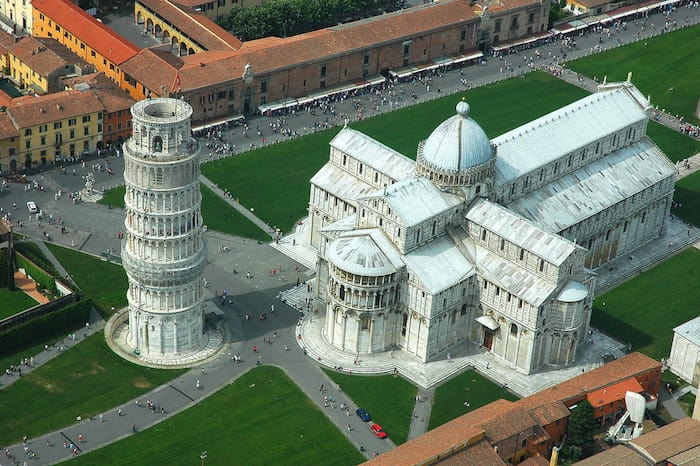 Piazza dei Miracoli, Pisa
Piazza dei Miracoli, PisaThe Baptistery of San Giovanni, the largest baptistery in Italy, captivates visitors with its perfect acoustics. Every half hour, a guard demonstrates the building's incredible sound properties by singing a few notes that resonate for nearly 30 seconds. The structure combines Romanesque and Gothic elements, creating a unique architectural harmony that reflects Pisa's historical evolution.
Beyond the famous square, Pisa's historic center reveals charming medieval streets and hidden architectural gems. The Palazzo della Carovana, designed by Giorgio Vasari, dominates the Piazza dei Cavalieri with its elaborate sgraffito decorations. This square once served as the political heart of the medieval Pisan Republic and now houses the prestigious Scuola Normale Superiore.
What To See In Pisa, Italy
What to do in Pisa?
This extends to exploring the vibrant Borgo Stretto, the city's main shopping street lined with elegant porticoes. Here, you'll find everything from high-end boutiques to local artisan shops selling handmade leather goods and traditional Tuscan crafts. The street buzzes with local life, especially during the evening passeggiata when residents stroll and socialize.
Art enthusiasts shouldn't miss the Palazzo Blu, which hosts rotating exhibitions of contemporary and classical art. The museum's permanent collection includes works by local artists and provides insight into Pisa's cultural heritage. The building itself, a restored 14th-century palace, exemplifies the city's architectural evolution through different historical periods.
The Santa Maria della Spina church, though small, ranks among Pisa's most photographed monuments after the Leaning Tower. This Gothic gem sits along the Arno River and was built to house a thorn from Christ's crown. Its intricate spires and detailed stone carvings create a fairy-tale appearance that's particularly magical during golden hour.
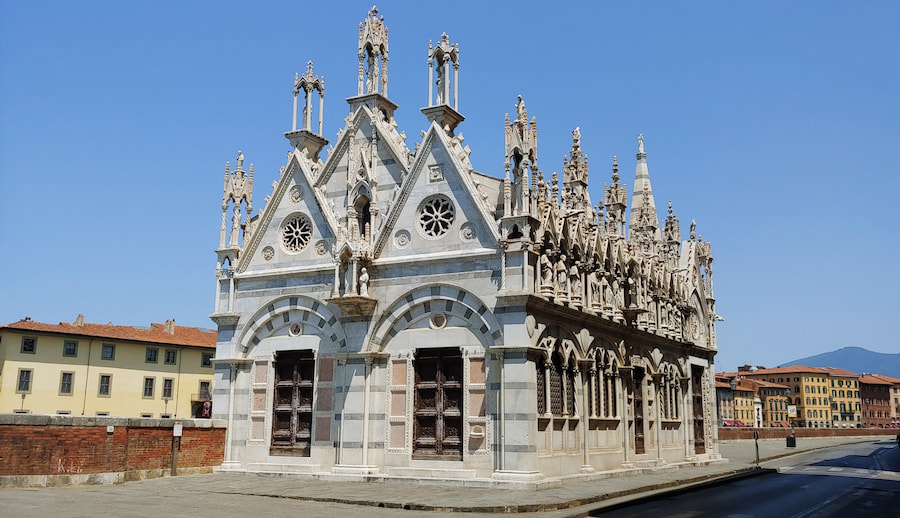 Chiesa di Santa Maria delle Spina
Chiesa di Santa Maria delle SpinaInsider tip: visit the Orto Botanico, one of Europe's oldest botanical gardens established in 1544. Many tourists overlook this peaceful oasis where you can escape the crowds while discovering rare plants and medicinal herbs. The garden played a crucial role in introducing new species to Europe and continues to serve as a research center for the University of Pisa.
The Museo delle Sinopie offers a unique glimpse into medieval fresco techniques through preparatory drawings discovered during restoration work in the Camposanto. These "sinopie" reveal the artistic process behind some of Italy's most important medieval frescoes, providing insight that even many art history students never experience.
Locals recommend visiting the Tuttomondo mural by Keith Haring, the artist's last public work completed shortly before his death in 1989. Located on the exterior wall of the Sant'Antonio church, this colorful 180-square-meter masterpiece represents peace and harmony through Haring's distinctive style, creating an unexpected contemporary art encounter in this historic city.
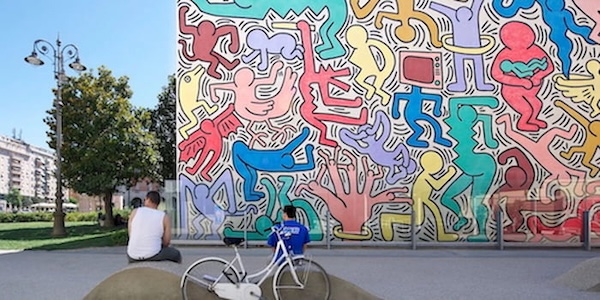 The Tuttomundo mural
The Tuttomundo muralWhat To See In Pisa
The Arno River offers delightful walking paths where you can observe daily Pisan life away from tourist crowds. The Lungarni (riverside streets) provide perfect spots for photography, especially at sunset when the historic palaces reflect in the water. Several bridges connect the city's two sides, each offering unique perspectives of the urban landscape.
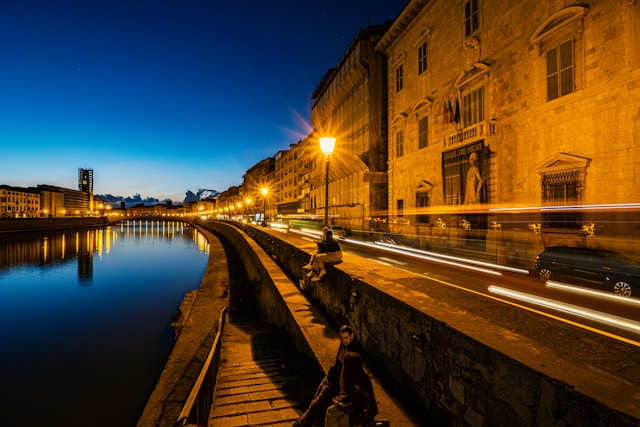 The Arno river in Pisa
The Arno river in PisaFood lovers will discover that Pisa's culinary scene extends far beyond typical tourist fare. The city's proximity to both sea and countryside creates a unique gastronomy featuring fresh seafood, Tuscan meats, and locally grown vegetables. Traditional dishes include "baccalà alla pisana" (Pisan-style cod) and "cecina," a chickpea flatbread that's perfect for a quick lunch.
For exceptional coffee, locals frequent Bar Salza on Borgo Stretto, a historic establishment that has been serving perfectly crafted espresso since 1896. The bar maintains traditional Italian coffee culture while offering a selection of pastries and light meals.
Another insider favorite is Caffè dell'Ussero, reputedly Italy's oldest café, where intellectuals and students have gathered since 1775.
When it comes to dining, Osteria dei Cavalieri near Piazza dei Cavalieri serves authentic Tuscan cuisine in an intimate setting favored by locals. Their seasonal menu features traditional recipes prepared with ingredients sourced from nearby farms.
For a more casual experience, try La Taverna di Emma, known for its excellent pizza and friendly atmosphere.
Wine enthusiasts should visit Enoteca Vino Vino for an extensive selection of Tuscan wines paired with local cheeses and cured meats. The knowledgeable staff can guide you through tastings of Chianti, Brunello, and lesser-known regional varieties. This cozy wine bar offers the perfect introduction to Tuscany's renowned viticulture.
Best of Pisa: Small Group Tour with Admission Tickets
No trip to Pisa is complete without a visit to the leaning tower of Pisa. This hassle-free small-group tour, with our trusted partner Viator, takes you to the tower, plus to some of the city’s other top highlights.
Your guide reserves the tickets in advance, so you don’t have to worry about booking them yourself. Wear comfy shoes since you’ll be getting your steps in walking to the Duomo di Pisa, the Baptistery, the leaning tower, and more.
- Easy to find meeting location in Pisa to for a smooth start
- Learn all about the architectural and religious components of Piazza dei Miracoli
- All admission tickets are included so no paying for them on the spot
- Choose an optional climb up the leaning tower (for those age nine and over)
- Enjoy a small tour group size of maximum 12 people
Read more about - Best of Pisa: Small Group Tour with Admission Tickets and get the best price for this highly recommended tour!
Or simply click on the banner below...
Evening entertainment in Pisa centers around the university district, where students and locals mingle in lively bars and pubs.
- Bazeel Pub offers craft beers and live music in a relaxed atmosphere, while
- Borderline Club attracts a younger crowd with DJ sets and dancing.
These venues provide authentic glimpses into contemporary Pisan nightlife.
 Street view of Bazeel
Street view of BazeelThe best time to visit Pisa is during spring (April-May) or early fall (September-October) when temperatures are comfortable and crowds are manageable.
Summer can be searingly hot, with large numbers of tourists; Winter offers mild weather but shorter daylight hours.
Consider visiting on weekday mornings for the most peaceful experience at major attractions.
Insider tip: purchase the combined ticket for all monuments in Piazza dei Miracoli, which offers significant savings compared to individual entries. The ticket includes access to the Cathedral, Baptistery, Camposanto, and Museo dell'Opera del Duomo.
However, Leaning Tower tickets must be purchased separately and well in advance.
Don't miss the opportunity to explore Pisa's vibrant market scene. The Mercato delle Vettovaglie, housed in a 19th-century building, offers fresh produce, local specialties, and prepared foods perfect for picnicking in nearby parks. Saturday mornings bring additional vendors to the surrounding streets, creating a bustling atmosphere of local commerce.
For families traveling with children, the Giardino Scotto provides a perfect respite with playgrounds, green spaces, and remnants of medieval fortifications to explore. This park, unknown to many tourists, offers locals' favorite spot for relaxation while maintaining views of the city's historic skyline.
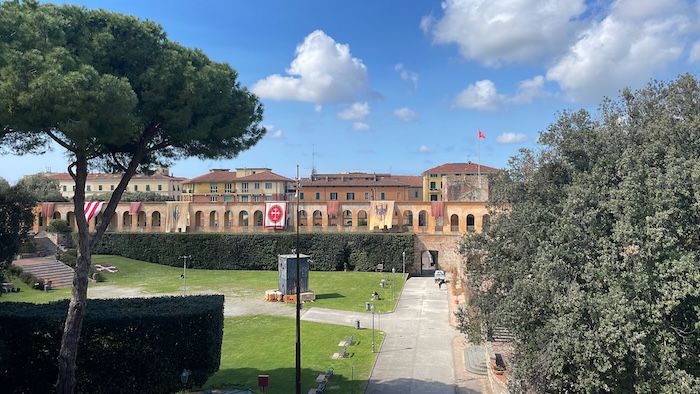 Giardino Scotto in Pisa
Giardino Scotto in PisaPhotography enthusiasts should venture beyond the typical Leaning Tower shots to capture Pisa's authentic character. The narrow medieval streets, colorful buildings along the Arno, and daily life in local markets provide countless opportunities for memorable images.
Early morning and late afternoon light create the most dramatic effects on the city's golden stone architecture.
The question of 'What to see in Pisa?' ultimately extends far beyond its famous tower to encompass a complete Italian cultural experience. From world-class art and architecture to authentic cuisine and warm local hospitality, Pisa rewards visitors who take time to explore beyond the obvious attractions.
Whether you spend a few hours or several days, this remarkable Tuscan city offers layers of discovery that will leave you planning your return visit before you've even left.



